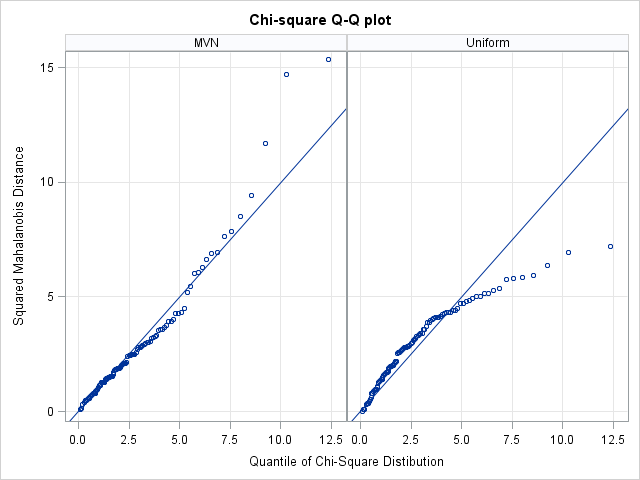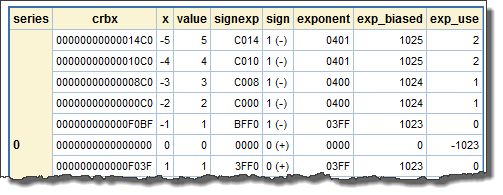
Did you oversleep this morning? If you live in the United States of America, Monday morning seems to have arrived just a bit earlier, accompanied by a bit more "dark" than usual. That's because as good time-fearing citizens, we have all set our clocks ahead by one hour so as



























